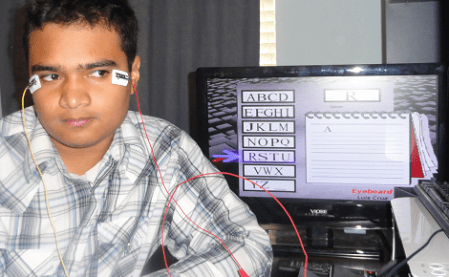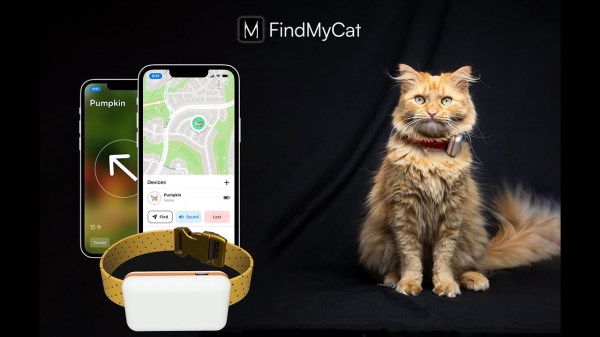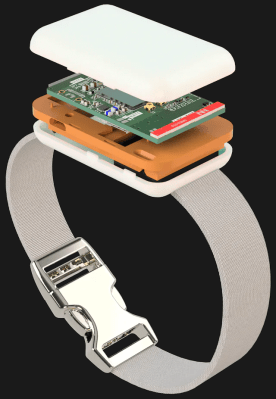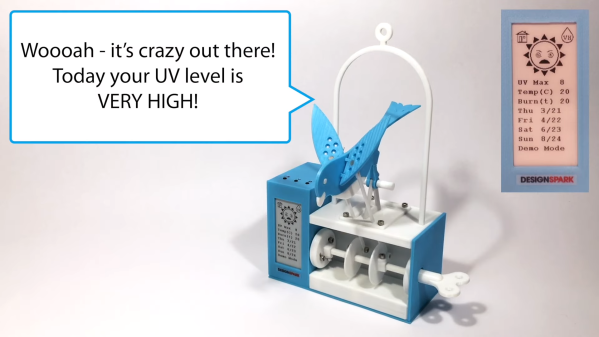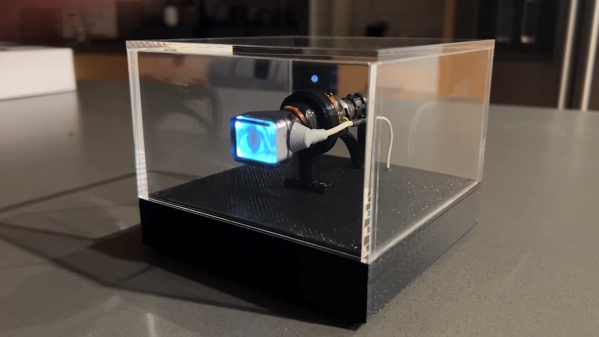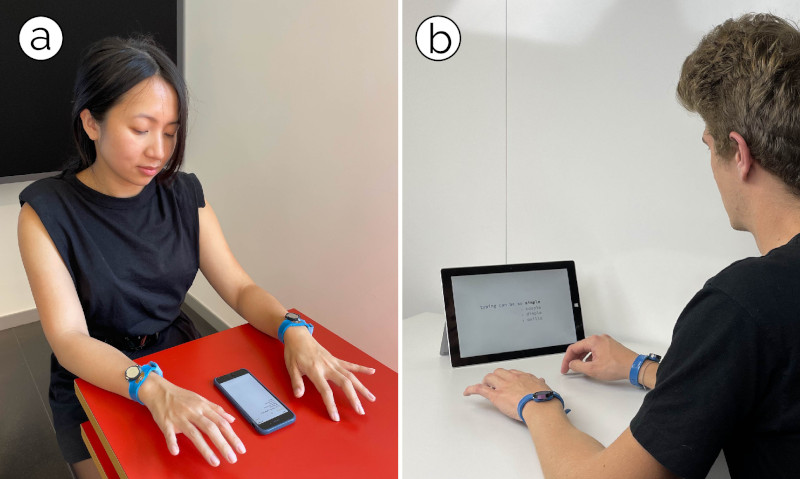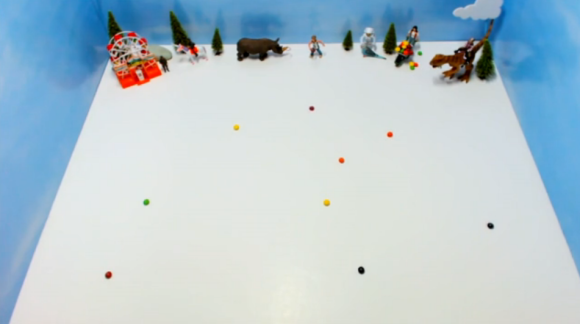
This is a great hack, and it’s an advertisement. We wish this were the norm when it comes to advertising because they’ve really got our number. Skittles enlisted a few engineers to build a web interface that moves robot-powered candies.
When we started looking into this we figured that a few robots were covered with over-sized cases that looked like Skittles. But that’s not it at all. What you see above is actually upside down. The top side of the white surface has one tiny wheeled robot for each candy. A magnet was embedded in each Skittle which holds it to the underside of the surface. The user interface was rolled out on a Facebook page. It uses a common webcam for eye tracking. When you move your eyes, the robot controlling your assigned candy moves in that direction. See for yourself in the cllip after the break.
So we say bravo Mars Inc. We love it that you decided to show off what’s behind to curtain. As with the Hyundai pixel wall, there’s a whole subset of people who might ignore the ad, but will spend a lot of time to find out how it was done.
Continue reading “Webcam Eye-tracking Moves Robot-powered Skittles Candy”

